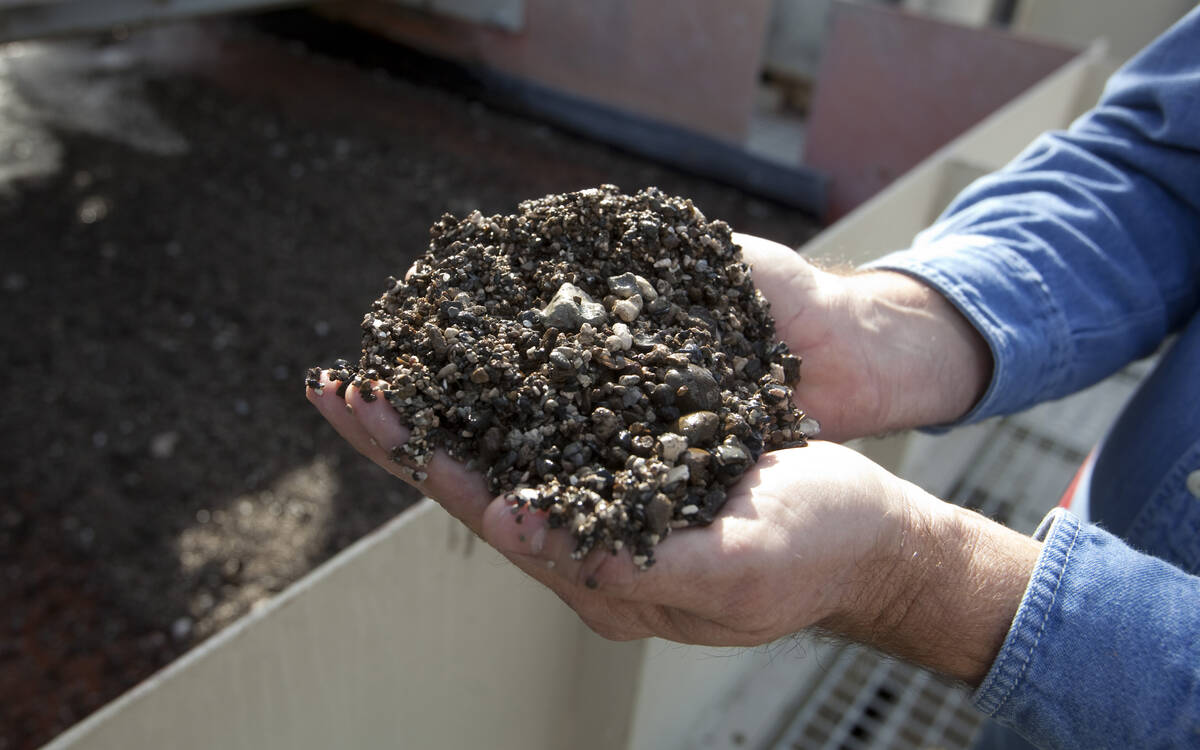Next summer’s release of Canada’s first fusarium resistant wheat variety is welcome news to an industry that has seen fusarium-related losses increasing steadily over the past few years.
However, Rob Graf, the wheat breeder who developed AC Emerson, says it’s too early to tell whether other resistant-rated wheat varieties will soon be developed.
Wheat breeders are working on it, but identifying the sources of fusarium head blight resistance and transferring it into new lines is a difficult, time consuming process.
“We’re certainly working on it, as are others, and we do have some material in the pipeline that looks promising, but I would say it’s still a bit early.”
Read Also

Phosphate prices to remain high
Phosphate prices are expected to remain elevated, according to Mosaic’s president.
Graf said the source of AC Emerson’s fusarium resistance is not fully understood.
Neither of AC Emerson’s parent lines — CDC Osprey or McClintock — has a resistant rating for fusarium.
CDC Osprey’s resistance is at best intermediate, while McClintock is susceptible.
“The source of resistance in Emerson is a little bit of a mystery,” Graf said.
“We were fortunate to find a segregate that actually showed good resistance. Obviously, we’ve been able to bring together a number of minor genes that somehow work together to give us resistance.”
Graf’s research team has recently started a project aimed at mapping the source of Emerson’s resistance on a molecular level. If the project is successful, the task of developing new fusarium resistant varieties will become far less onerous.
“We will be trying to map this resistance from a molecular standpoint to make it easier to transfer this resistance into future varieties,” he said.
Identifying the source of resistance is similar to looking for a needle in a haystack.
“Fusarium head blight resistance breeding is very difficult,” Graf said.
“It’s not an easy disease to tackle.”














